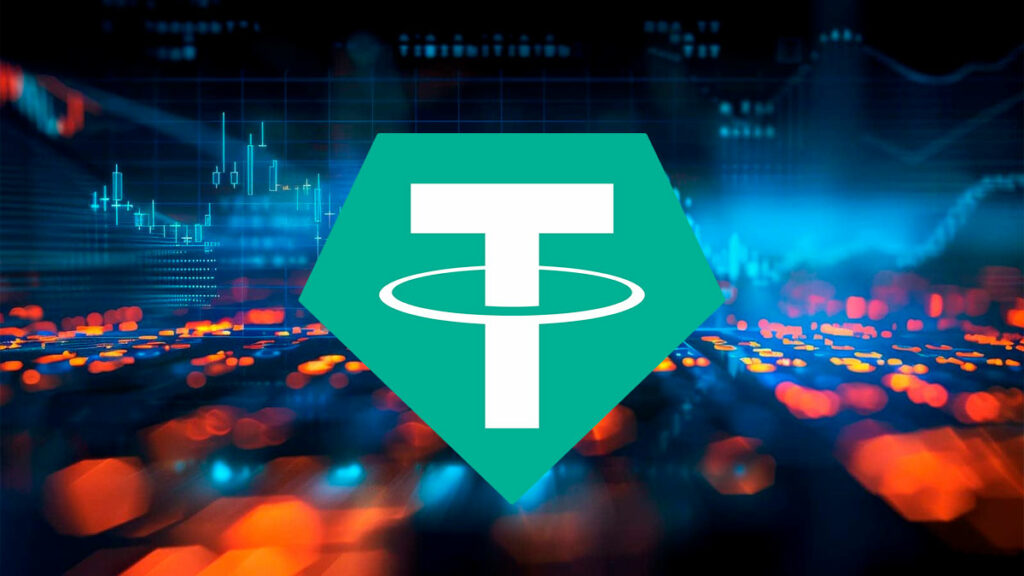TL;DR
- Market Surge: The stablecoin market has reached a total market capitalization of $169 billion, with Tether (USDT) leading the growth, increasing its market cap by $28 billion to nearly $120 billion this year.
- Liquidity Impact: Stablecoins like USDT and USDC are crucial for providing liquidity and stability in the crypto market, often signaling significant market movements.
- Regulatory Focus: New regulations, such as the MiCA framework in Europe, aim to enhance market security by requiring stablecoin issuers to maintain substantial reserves.
The stablecoin market has reached unprecedented levels, with the total market capitalization soaring to $169 billion. This growth is primarily driven by Tether (USDT), which continues to dominate the market. USDT’s market cap has surged to nearly $120 billion, marking a significant increase of $28 billion this year.
This growth underscores the increasing reliance on stablecoins for liquidity in the cryptocurrency market. Tether’s USDT remains the largest stablecoin by market cap, holding a commanding 71% share of the stablecoin market.
This dominance is a testament to its widespread adoption and trust within the crypto community. The consistent growth of USDT highlights its role as a critical component in the trading and liquidity strategies of many investors and institutions.
Impact on Stablecoins Market Liquidity

The surge in stablecoin liquidity has had a profound impact on the broader cryptocurrency market. Stablecoins like USDT and USD Coin (USDC) are essential for providing liquidity, facilitating trading, and acting as a safe haven during market volatility.
The increase in stablecoin balances on exchanges is often seen as a precursor to significant market movements, particularly in Bitcoin and other major cryptocurrencies.
Regulatory Developments
The growth of stablecoins has not gone unnoticed by regulators. Recent regulations, such as the Markets in Crypto-Assets (MiCA) framework in Europe, require stablecoin issuers to obtain e-money licenses and maintain substantial reserves.
These measures aim to enhance market security and stability, ensuring that stablecoins remain a reliable asset in the crypto ecosystem. The future of stablecoins looks promising, with continued growth and innovation on the horizon.
New entrants like PayPal USD (PYUSD) and First Digital USD (FDUSD) are gaining traction, contributing to the diversification and resilience of the stablecoin market. As the market evolves, stablecoins are expected to play an increasingly vital role in the global financial system, bridging the gap between traditional finance and the digital economy.
The stablecoin market’s recent growth highlights its critical role in the cryptocurrency ecosystem. With USDT leading the charge, stablecoins are set to continue their upward trajectory, providing stability and liquidity in an ever-evolving market.










